Some fry are getting pretty big! Every week brings several more Release Days. Need your data!!5/25/2018 West Rutland School monsters! Jenny Gammon at West Rutland School sent me this photo of some of her fish. This one isn't even their biggest, which measures 6 cm. Nice work West Rutland. It won't surprise you to learn that Jenny and her TIC colleagues Jenna Abatiell and Zach Eastman used the "warm and fast" approach to temperature management, that is, right after getting their eggs in January, they quickly eased the temperature up to 52 degrees and kept it there. That fish has nice colors too! We've had some beautiful weather for recent Release Days. Here are pictures from RDs across the state. Bridge School release photos Jen Grilly sent this regarding the Bridge School release. A couple photos from Bridge School's release day! Thank you so much Paul and Doug for your help! Poultney Elementary School As they have in previous years, Keith Harrington's PES students joined students from other regional schools at the Eco Festival held at Green Mountain College campus. After indoor Eco activities in the morning, Keith and his students walked to the banks of the Poultney River on the edge of the campus, where they released their fish. US Forest Service employee Chris Alexopoulos also showed the students the results of the electrofishing he had done earlier in the day. Keith was excited when it turned out that they had 63 fry because that was exactly the number of students in the three PES classes that participated in the TIC program this year. Having started with 100 eggs instead of the 200 they got last year, their survival rate was about double the rate of their previous two years. And the PES fish were significantly larger than the previous fish they raised. Keith thinks this may have been due to the fact they they kept the fry in the breeder baskets much longer this year, probably into the first week of April. What do you think? Crossett Brook Middle School Meg Ritter, at CBMS, said this about their Release Day. The release of our trout went very smoothly. The boys netted all 39 of our trout in less than 20 minutes. I've included some pictures. CVS- OVUHS collaboration Guy Merolle of Castleton Village School and Josh Hardt of Otter Valley Union High School got their students together for a wonderful collaboration this past Monday and Tuesday. Josh runs the Moosalamoo Center at OVUHS, which he founded 15 years ago. Click the link to check it out. Josh brought several of his students to Dewey Recreational Field in Castleton, close to the Castleton River, where they instructed CVS students on water quality issues and helped them collect and identify macroinvertebrates. The OVUHS students also added two cool enhancements to the normal TIC program. On Monday they taught CVS students fly casting and on Tuesday taught them fly tying. I'm a huge fan of "kids teach kids" approaches like this. I think they brings enormous benefits to both the older and the younger students. I was extremely impressed by the maturity, knowledge, and competence of Josh's students. It's apparent that he's doing a terrific job at the Moosalamoo Center program. I got to Dewey Field on Monday to take a few pictures but was at the Poultney RD Tuesday when the fly tying took place so didn't get any photos of that. Dorset School RD Parent volunteer Jim Mirenda sent these photos of the Dorset School's Release Day on the Mettawee River. Part of the program included a presentation by a game warden who had a prop that stole the show. He brought a dead doe! He also talked about how one becomes a game warden. I love those TIC tee-shirts! Middletown Springs Elementary School RD Jenn Tifft's 5th and 6th graders at Middletown Springs Elementary School had fabulous weather for their RD yesterday. Hilary Solomon, of the Poultney-Mettowee Natural Resources Conservation District, and her sidekick Sarah lead the students in water testing in the morning while I taught them about the physical characteristics of the stream environment (riparian zone, canopy coverage, substrate embeddedness, hydrodynamics, and the properties of ideal trout habitat). After lunch (Hawaiian wraps!), former VINS and 4Winds educator Elizabeth Cooper led macro collecting and identification activities. Then the students released their 36 fry. Here are just a few pictures of that gorgeous day. Data, data, data! We need it. Some of you have begun to send me your data but not enough. Here's a screen shot of the Crossett Brook Middle School data I got from Meg Ritter. Every year the TIC regional coordinators meet to discuss how the year went, what we learned from our experiences, and what we should do differently next year. In anticipation of that meeting, I compile and distribute the data I received from schools. This resource is invaluable in that it allows us to identify patterns and relationships. It can also help us answer thorny questions like these:
In order for us to be able to answer these and other important questions, we need as much data as we can get. So PLEASE send me your data, specifically the "Template for TIC data entry" and the "Temp and DI record and swim-up calculator." (I've linked those files to the file names.) In addition, if your spreadsheets don't include these details, we also need:
0 Comments
2018 release days begin I participated in my first Release Day of the season this past Tuesday, when Manchester Elementary-Middle School collected macroinvertebrates and released their 34 brook trout into Mill Brook in Danby on the grounds of Smokey House. But by then, at least three other Vermont schools, NewBrook, Sharon Elementary, and Stowe Elementary had already done their releases. Our senior TIC teacher, Mike Rapoport, and his Stowe students had another great year and released 140 fry into the West Branch of the Little River. Good work, Team Stowe! Here are photos from the Tuesday's MEMS release. How do you catch those critters? They're so fast. Experienced TIC teachers know how hard it can be to net your fry when it becomes time to gather them up, put them in a cooler, and take them to your release stream. Here are some suggestions.
Sharon Elementary School RD photos Here are three pictures Janis Boulbol sent me after their Release Day. Camels Hump macroinvertebrate collecting field trip Gerald Feenan, of CHMS, sent these nice photos of the day when their students visited their release site to collect macros. Those are some big bugs!! They'll be back to release their fish on June13. Crossett Brook Middle School release site photos Meg Ritter of CBMS sent these photos and this explanation: Here are the photos of the release site. The boys are clearing the remnants of a small dam/walkway that was put in so that the fish can easily go into Crossett Brook when ready. The last photo is of a macroinvertebrate that the boys saw in the water. We did not bring anything to scoop it up to identify, sadly. Cannibalism at East Montpelier Elementary School! Many TIC schools will experience cannibalism, especially as some of the dominant (and hungry) fish grow to be much larger than their punier peers, but few teachers will get to capture the incident in a photo or video. Robin Gannon did! Here's the shot she sent me. Look closely at the fish near the center of the frame. What's that sticking out of his/her mouth? Moretown Elementary School student scientists Duane Pierson, principal of Moretown Elementary School, sent me these images yesterday. Thanks, Duane! I like the way you're getting very young kids involved in your TIC program. Here are some photos of our TIC student-scientists providing lessons on their experience this year to younger kids, yesterday. It was an excellent day for both groups of students. Release Days are underway! As far as I'm aware, the first release of the year was this past Friday, when Jason Gragen and the students of NewBrook Elementary School released their fry into Grassy Brook in Brookline. Tomorrow Gary Saunders, another TIC volunteer, and I will be helping Seth Bonnett and Melissa Rice and the 6th graders of Manchester Elementary-Middle School release their fish into Mill Brook in Danby. One day every month (including in January!), Melissa and Seth's students have been visiting Smokey House in Danby to participate in a variety of environmental education activities. Mill brook, which the students studied earlier in the spring, runs through the Smokey House property. Here's a picture from last year's rainy MEMS release at Smokey House. Let me know when and where your Release Day will be! Macro ID charts There are a number of great resources in various folders on the TIC Google Drive. There's a folder, for example, called "Macro charts." (Click that name; it links directly to the folder.) This contains four JPEG files for identifying stream and pond macroinvertebrates. The first and fourth of these charts mostly feature macros found in ponds, lakes, or slow-moving rivers. The second and third (pictures below), however, have lots of the macros species we're likely to find in Vermont streams appropriate for brook trout. I recommend that you print charts #2 and #3 (ideally on card stock) and laminate them (or laminate them back-to-back). Another folder called "Insect identification, including charts" (also a link) includes a PowerPoint presentation on Macros and their identification. You'll also find a file called Biotic Index. This two-page document, like the colored macro charts, can be used to identify macro species (using black-and-white line drawings; the left image below) but it also permits you to calculate a stream's "biotic index," which is an important measure of its health. The biotic index methodology (explained in the right image below) assigns each macro species a number that reflects how pollution-tolerant or pollution-intolerant the species is. The fewer of the former and the more of the latter you find in a stream, the better the likely health of the stream. As with the colored macro charts, I recommend that you print these two pages on card stock and laminate them back-to-back. Then you can buy some Wet Erase felt-tip pens. This will allow your students to write on the laminated documents and, on the backside, do the calculations for determining your streams biotic index. How do you collect macros? So we're talking about identifying macros and using their presence in the stream to calculate "biotic index," a measure of the stream's health, but how do you collect them in the first place? First you need to either buy some "kick nets" (sometimes called "aquatic kick nets") or buy or build some "kick screens." Here's a professional grade kick net. They cost around $200 apiece. Here's a less expensive "student kick net." I found one on Amazon for about $80. Commercial kick nets cost about the same price. Having no budget for TIC, I elected to build half a dozen kick screens very inexpensively. I went to my local hardware store and bought:
INSTRUCTIONS
So for less than $5.00, you can make a perfectly useable kick net. Here's what the completed kick screen looks like. After your students have caught macros, what do they do with them? If you're planning a macro collecting/classifying activity, you'll want to assemble one or more collecting kits. If, like many teachers, you choose to break your students up into small groups of four or five kids, each under the supervision of an adult volunteer, you will need a kit for each group. So, you'll have to acquire inexpensive materials. Here's an example of a collecting kit. None of these items was expensive, and all, with the possible exception of the pipettes, should be available locally. I've laid out all but the "Dollar Store" wash basin on the foam board below. Contents of collecting kit
Macro Mayhem Depending on the age and energy level of your students, you may want to plan to have them play the Macro Mayhem game. This involves teaching students (a) how, by specific movements, the different species of macroinvertebrates take in oxygen and (b) how different species are sensitive to pollution and low levels of dissolved oxygen. Then you set up the game, assigning different species and roles to all the students. Here's a very brief video I shot of the Middletown Springs Elementary School students playing Macro Mayhem. Here's another video I found on YouTube. Minnesota's Natural Resources agency has put together a very comprehensive curriculum guide for this activity/lesson. Click on the image below to access the lesson plan. Data! Finally, and I'll probably say this again, we need your data! Every year the TIC coordinators study data of two sorts:
Regarding water chemistry, please send the spreadsheet titled "Template for TIC data entry 2018" (or your local equivalent). If we're to learn from your submission, you'll also need to tell us when and how many eggs/alevin/fry you lost on which dates and/or how your fish were behaving at various points. With your data and that from other teachers we will be able to learn more about TIC best practices with each successive year. Have fun in this beautiful spring weather! 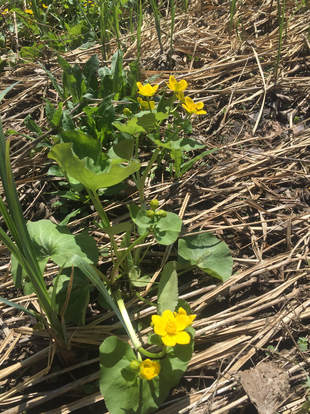 Marsh Marigolds Marsh Marigolds I know I speak for all our readers when I say, "Finally! Yay!!" It seems like we've been waiting for these warm sunny days for many weeks. Yesterday, when my wife Nancy and I were in Burlington, it was gorgeous if a bit breezy. Today, back in Castleton, it's an equally beautiful day and meant to hit 70 degrees. While some of our streams and rivers are high-to-very-high and Lake Champlain is at flood stage, in a couple of days water levels will drop, and the woods are bursting with life, including wonderful wildflowers. Get out there--if you can with your students--to enjoy this wonderful time of year! But now is also the time to plan or finish up planning your Release Day. As far as I'm aware, our first Release Day will be next Tuesday, May 15, when Seth Bonnett and Melissa Rice and their Manchester Elementary-Middle School students travel to Smokey House in Danby, Vermont, to spend several hours studying Mill Brook, their release stream, and saying goodbye to their diligently reared fish. Especially if this is your first Release Day, you might benefit from watching a few RD videos. Here's one of my favorites (except for the segment with the guy in the orange hat). You should know that this wasn't Steve Flint's first Release Day, and he chose to plan an ambitious three hours of activities, in part because he was able to recruit a large number of volunteers to help with the five stations he set up. Don't feel that your Release Day needs to be like Steve's. Each RD should match the culture of the school, the amount of time you want to devote to it, how comfortable you are getting students involved in fieldwork, the number of volunteers you can get to help, etc. The Release Day Videos page on the VTTIC Web site contains links to eight other RD videos. These will give you different ideas on how to approach your Release Day. Here's a link to that page. When and where will your RD take place? Publicity for TIC. When I can, I like to let both Trout Unlimited members and staff of Vermont's Fish and Wildlife Department know where and when our Release Days will be held. The more people we can get to observe and experience these wonderful educational experiences, the more individuals we'll be able to recruit for volunteer roles in the future. I will also relay details on RDs to members of the media in the hope that at least a few might choose to show up and document our activities. That kind of publicity is great for the program and could lead other schools to apply to participate next year. With regard to publicity, local TIC teachers and volunteers are undoubtedly in the best position to get press coverage. When I send a blind e-mail to a newspaper, especially a regional one, where I don't have personal contacts, that e-mail is likely to result in "Crickets!" When you contact that paper, however, you'll probably receive much better attention. And the smallest newspapers in Vermont, which often don't have paid reporters, much less full-time reporters, are typically very happy to print your press release, especially when it's accompanied by photos of kids having a great time in a stream. So let me know the where and when of your Release Day. Count those fry! In the past, some schools have neglected to count their fish before releasing them. If you don't count them, you will probably never know how many you released. Why is that? Some teachers use what I call the "subtraction method." They make an assumption about how many eggs they started with and then subtract the eggs and fish they know they lost. But this approach, for reasons identified below, is never accurate. Indeed, some teachers I've worked with have discovered that their actual total number of fish is two or more dozen more that they thought they had. Sometimes it's fewer. Here are some explanations.
So, what's the best way to count them? I know at least one teacher who builds counting the fry into the Release Day process. He sets up a recording station staffed by a couple of students. Then each team that has been given fry and released them goes to the recording station to report the number they released. Most teachers, however, count fry as they remove them from the tank and transfer them to whatever container (more on containers later) they are going to use to transport the fry to the stream. Here's what I recommend.
Tree planting! When, three years ago, Sebastian Saunders was a 5th grader at the Dorset School, TIC teacher Karli Love and her students participated in the TIC program.This past Saturday, Sebbie, now an 8th grader at Dorset, led an impressive project that resulted in 40 volunteers planting 280 trees along the banks of the Batten Kill in Manchester. Sebbie had proposed this to our local Trout Unlimited chapter as his Eagle Scout project. This tree planting became extremely desirable after the elimination of the dam that had created Dufresne Pond. The dam was removed to open up several miles of headwater spawning grounds, but the bottom of the pond, once it was again a stream, provided almost barren habitat for fish and other aquatic species. There was virtually no structure behind and beneath which fish could hide and no protective cover. Instead, the Batten Kill's water cooked in the sun. Here are some pictures from the wonderful tree planting effort. Congratulations, Sebastian, and thanks! Charlotte Central School 6th graders talk to astronauts! Imagine my surprise last Wednesday night when, while watching the WCAX late news, I saw Tasha Grey being interviewed! And it had nothing to do with TIC. It turns out that CCS 6th graders of Tasha's and Christa Duthie-Fox, got to converse with two astronauts aboard the International Space Station. I snapped this photo of our TV screen during that interview. Here's a quote on the project that appeared in the school newsletter:
Our CCS students were amazing - the quality of the questions that they asked was quite impressive and allowed for an excellent dialogue with the NASA astronauts. The work of the students leading up to Wednesday’s downlink included using Earthkam photos in their studies of geography, and have recently completed an ISS design challenge inspired by Apollo 13 which had them design an emergency insulation system to keep a battery warm in the extreme temperatures of space using only basic materials that can be found onboard the station. Students are currently working on research projects exploring some of the actual science experiments the astronauts are conducting and supporting on the ISS, looking at topics including material science, radiation impacts on DNA, experimental space habitats, and microgravity plant growth. Congratulations, Tasha and Christie. What a great learning opportunity for your students! |
Joe Mark is Lead Facilitator of Vermont's Trout in the Classroom program.In June 2012, I retired after 40 years in higher education, having spent the last 32 years of my career as dean at Castleton. One of the first things I volunteered to do in retirement was to work with a parent-friend to help the Dorset School, where his kids and my Vermont grandkids attend, start a TIC program. Gradually that commitment grew into my current role, which is both demanding and highly rewarding. Archives
December 2019
Categories |
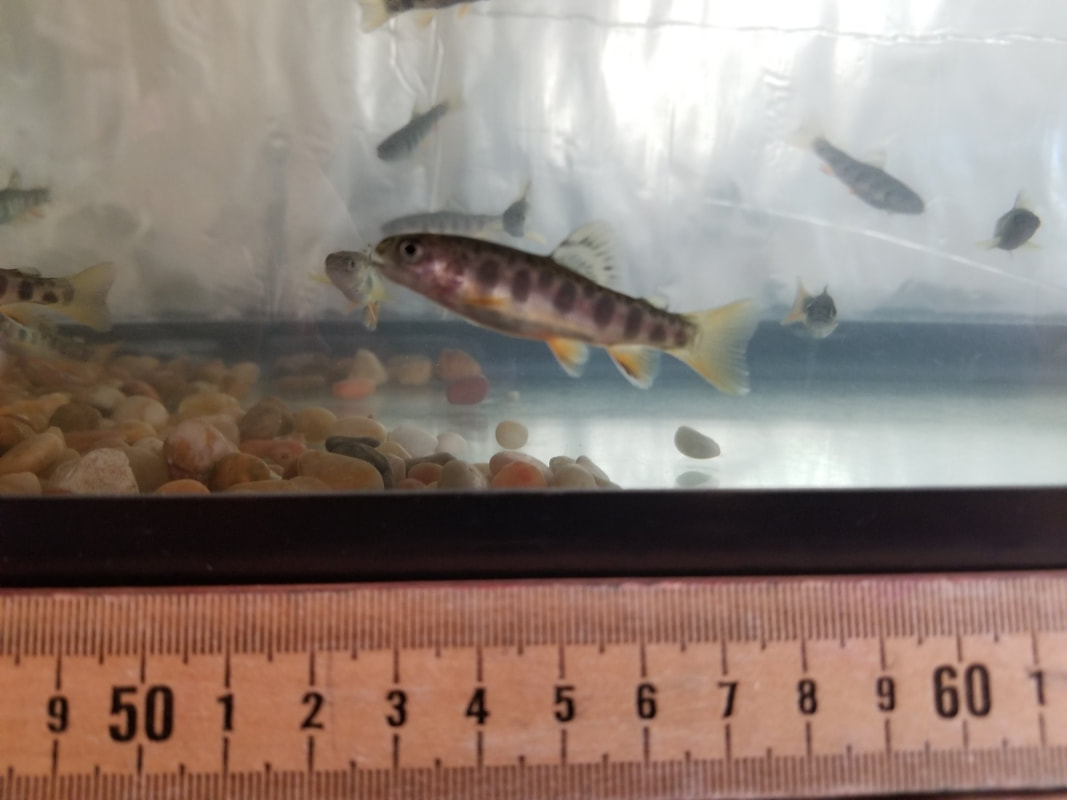
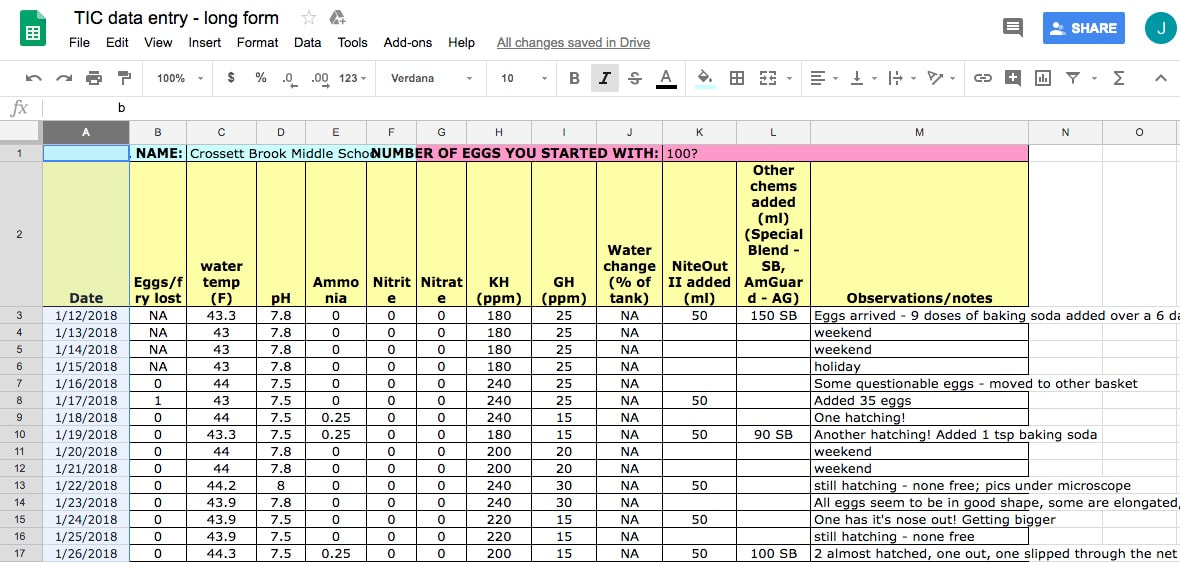
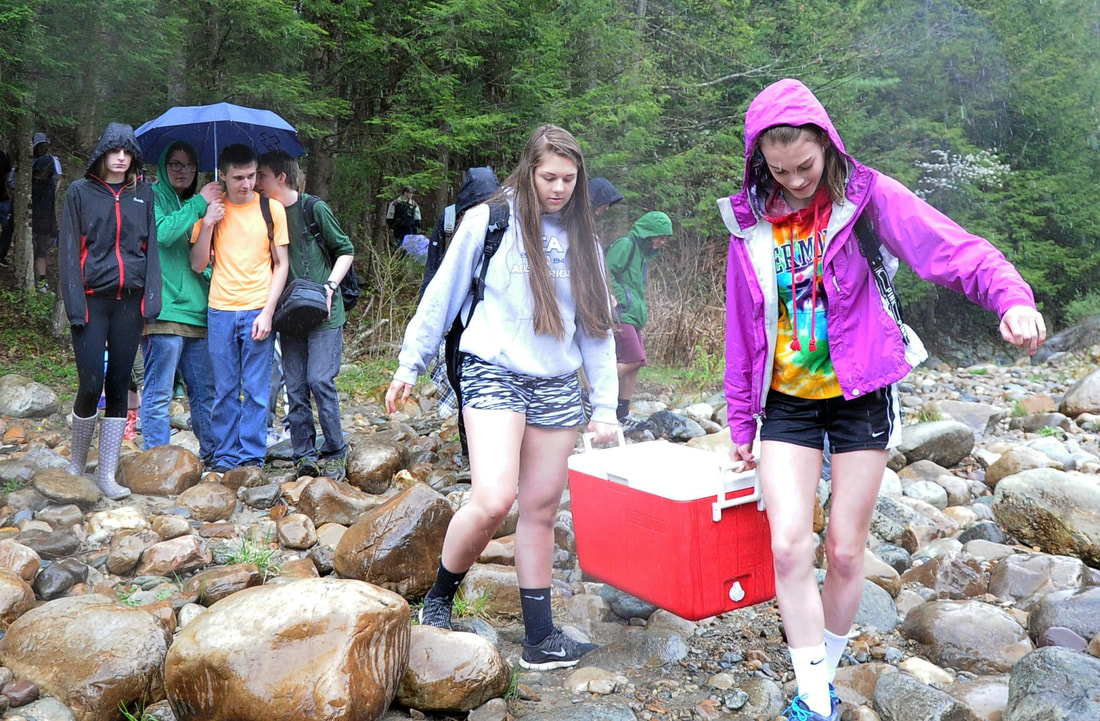
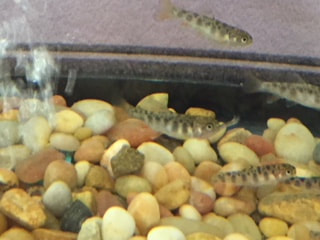
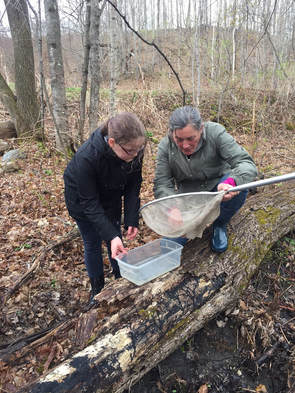
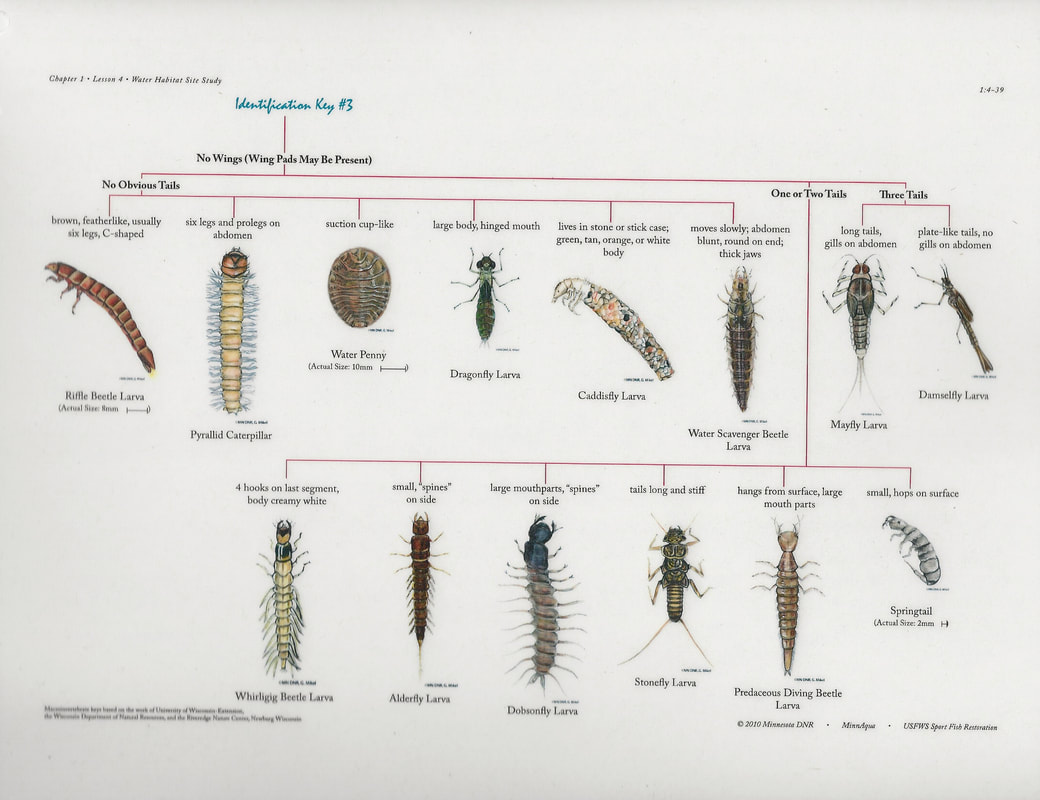
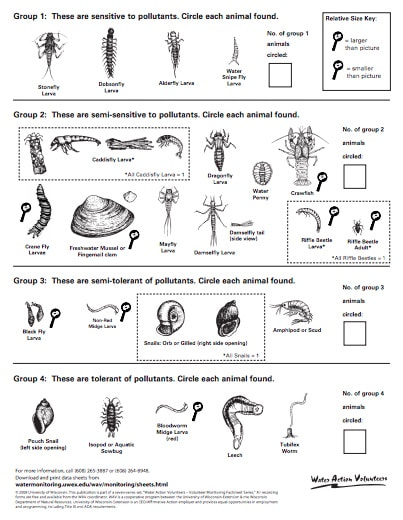

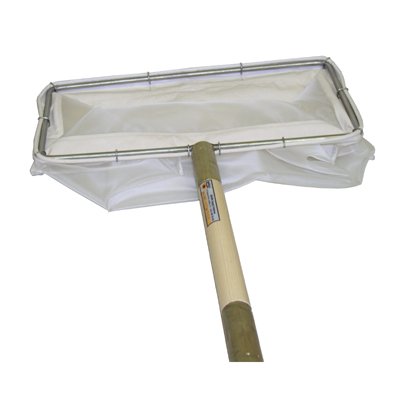

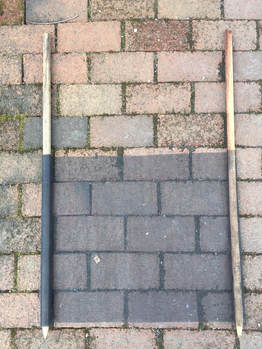
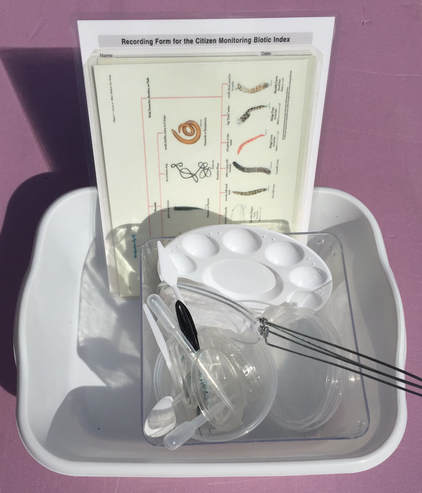
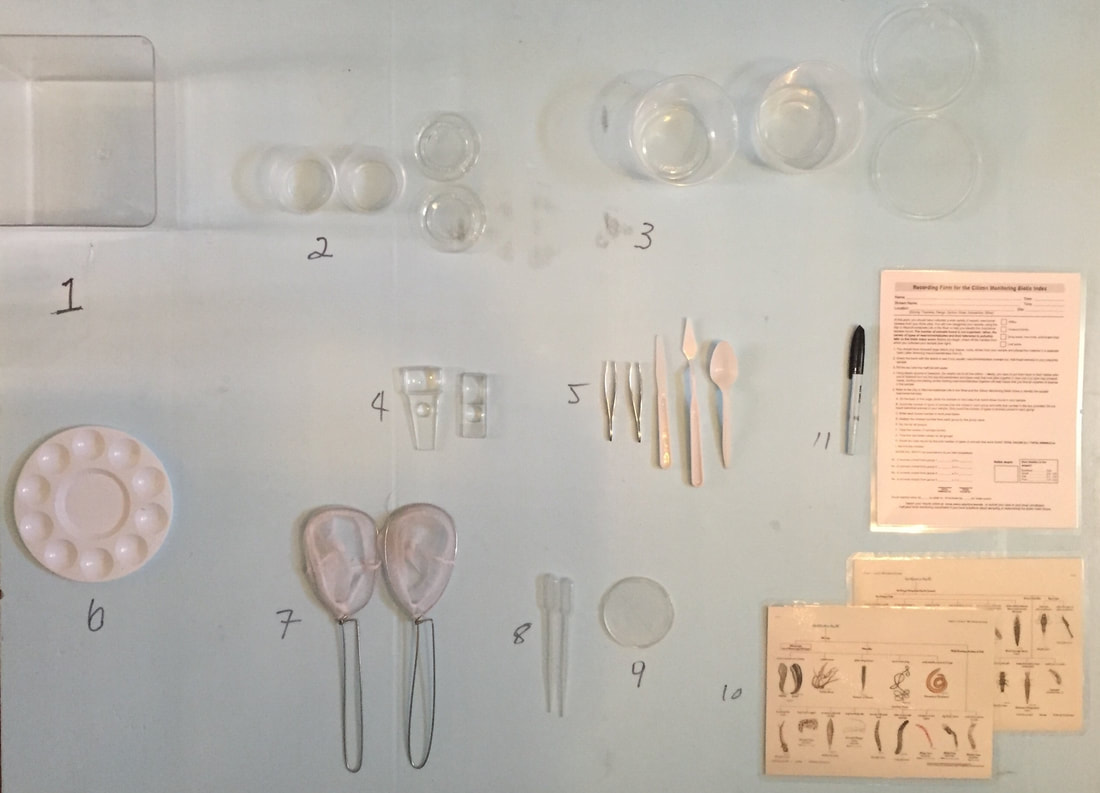
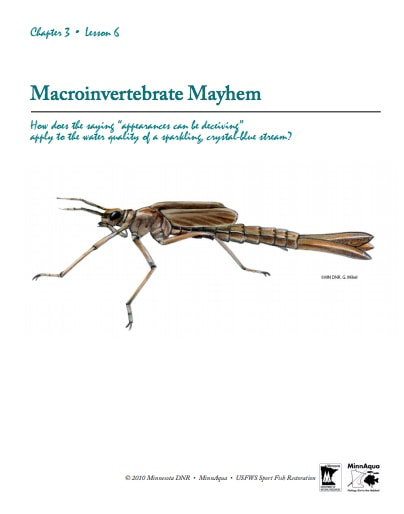
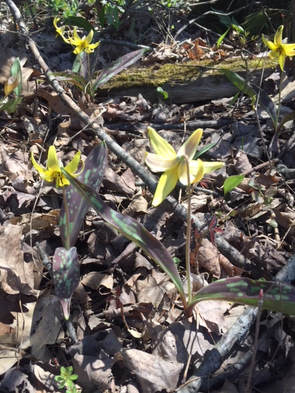
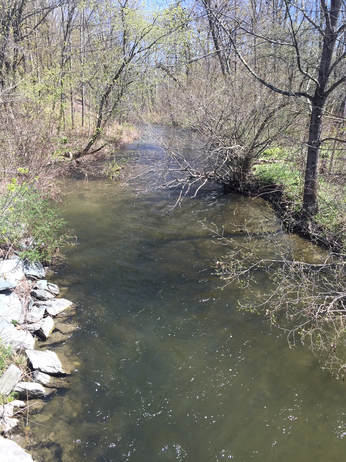
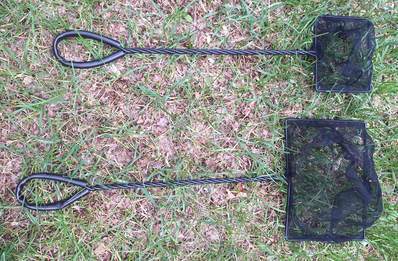

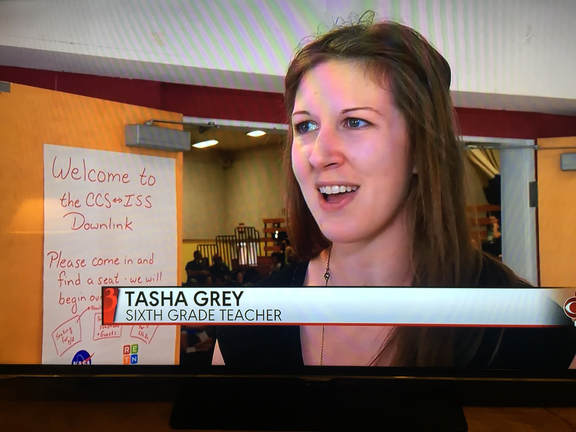
 RSS Feed
RSS Feed
